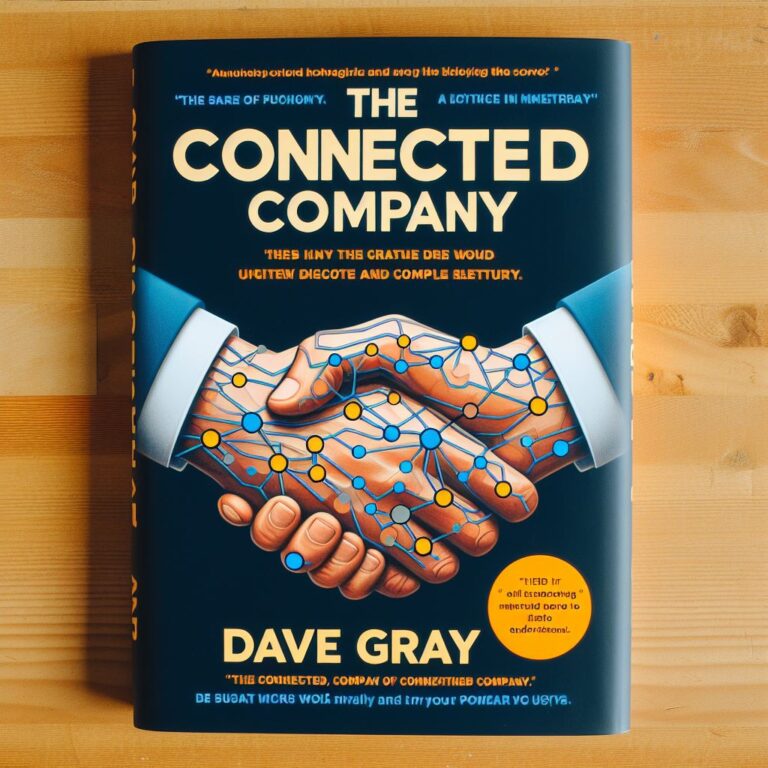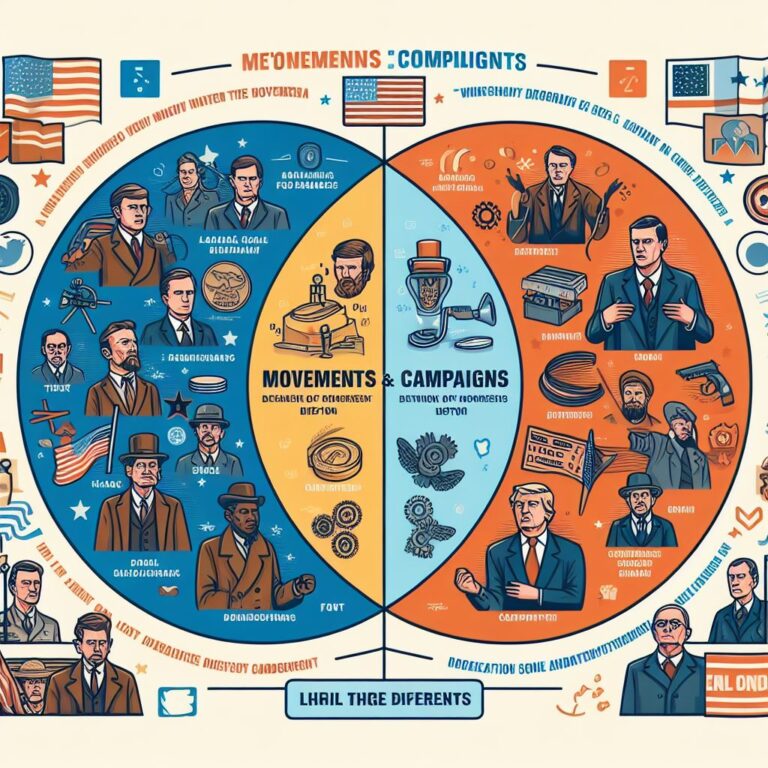Dealstorming – Book Review
By: Tim Sanders
Introduction: Tim Sanders and Dealstorming
Tim Sanders, an expert in structuring large deals, introduces “Dealstorming,” a method combining dealmaking and brainstorming to crack tough accounts. This approach is valuable for businesses of any size, especially crucial for smaller ones where a significant sale can be transformative.
Challenges in Modern Sales
Sanders highlights four developments making sales more complex: increased online selling with multiple decision-makers, prospects armed with abundant pre-meeting information, the complexity of modern solutions, and heightened competition due to easier business startups. Closing transformative deals in this environment becomes increasingly challenging.
Dealstorming Overview: Contact, Conceive, Convince, Contract
When traditional sales methods fail, Dealstorming becomes essential. It progresses through four stages: Contact (engaging with relevant parties), Conceive (creating a vision), Convince (gaining buy-in), and Contract (finalizing the deal). These stages address various challenges encountered in the sales process.
Dealstorming Step #1: Qualify
The initial step involves qualifying the necessity for external assistance in problem-solving. Assess the strategic value of the opportunity, considering revenue, branding, and market penetration. Evaluate the difficulty of solving the challenge with existing resources and determine the number of team members required.
Dealstorming Step #2: Organize
Knowing the required resources, identify internal stakeholders for different roles: problem owner, sponsor, resource, and information master. Assemble a team of volunteers by convincingly communicating the importance of their contribution. The emphasis is on creating a diverse team to enhance problem-solving.
Dealstorming Step #3: Prepare
Prepare for the Dealstorming session by having the account executive write a comprehensive deal brief covering the problem, opportunity, influence map, account history, recent developments, constraints, assets, and pre-meeting assignments. Distribute the brief to the team three days before the session.
Dealstorming Step #4: Convene
The meeting aims to set the “next best move.” Key roles include a problem owner, sponsor, resources, and an information master. Choose a convenient location, establish ground rules, and focus on problem and solution discussions. Encourage diverse ideas, narrow down options, and conclude with action items.
Dealstorming Steps #5-7: Execute/Analyze/Report
Following the meeting, execute the agreed-upon plan systematically. Verify assumptions, measure success with real data, and report results to the team. Acknowledge the team’s efforts, providing feedback on the solution. Reassess the opportunity, deciding whether further Dealstorming sessions are needed until the deal is closed.
Conclusion: Transformative Sales with Dealstorming
Every business, regardless of size, encounters challenging deals with transformative potential. Dealstorming offers a systematic approach to leverage team collaboration for creating effective strategies. Sanders shares a real-life example of Readitfor.me landing a significant corporate account using a similar process, emphasizing the method’s transformative potential for businesses.







